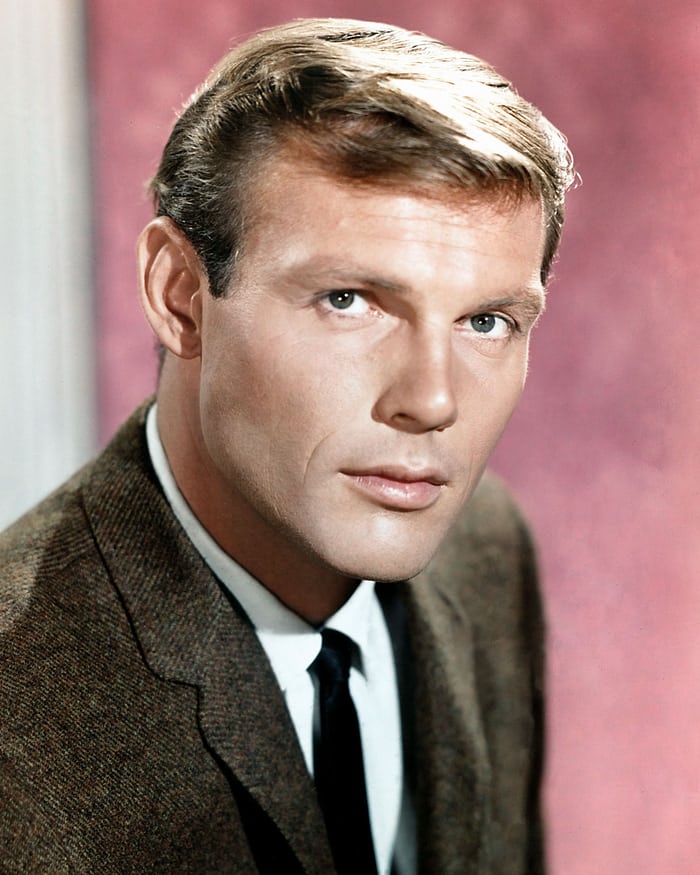so did I!
Attachments
Attachments
A few posts earlier, Geysergazer commented about the relationship between the experimental oil-fired steam-turbine electrics GE built for Union Pacific and the gas-turbine electrics GE built for UP a number of years later. Other than having 'turbine' in the name (and the same builder), I'm not sure there was much of a descendancy, was there? The first experimental turbines were basically small 'conventional' thermal powerplants, using oil to heat water to produce high pressure steam to drive the steam-turbine coupled to a generator. IIRC, these never got beyond test-driving the 'look what I built' stage. The gas-turbine electrics (GTELs) were based on an actual combustion turbine (think jet engine) to spin the generator. UP had something like 55 GTELs in three versions and a lot of revenue miles. As a kid I saw many of the GTELs in action and in my mind, I had imagined them being powered by the thrust of the jet turbine. Not so, of course - only later learning that they were actually turbine-electrics.
Apparently the UP/GE experimental steam-turbine locos actually had a closed steam loop with an air cooled condenser stage (one wonders what the Carnot efficiency was when it wasn't moving...). The GTELs did actually have a successor - albeit a short-lived UP built coal-fired combustion turbine (whose failure mode you'd think would have been predictable - finely divided coal ash played heck with the turbine blades).
Attachments
briansilvermustang posted:
Does anyone know what was in the gondola at the front of the train?
Very cool picture Brian!
Looks like L.C.L containers. Doug
Attachments
Rich is such a nice man. But I can see in his eyes, there, that something has been lost to him, or about to be absent from his life and experiences.
FrankM
richs09 posted:A few posts earlier, Geysergazer commented about the relationship between the experimental oil-fired steam-turbine electrics GE built for Union Pacific and the gas-turbine electrics GE built for UP a number of years later. Other than having 'turbine' in the name (and the same builder), I'm not sure there was much of a descendancy, was there?
Sure there is a lineage and important connections and similarities between the original steam-turbine-electrics (STELs we might call them) and the fleet of later gas-turbine-electrics (GTELs). The STELs were first assemblage of the idea into an operable locomotive and the GTELs thus descended from that idea. Both used electric transmission re-purposed from diesel-electric technology. Both were an attempt to re-purpose existing technology/hardware for railroad traction. In the end both were a flash-in-the-pan. For many years UP management was enthralled with giant locomotives but the assembly-line F/GP/SD units have triumphed. The GTEl fleet at least worked but could not ultimately compete against the [modern] Diesel-Electric which was, after all, designed and developed from the ground up for railroad traction. EMD quickly gave up on the Winton engines because they were an attempt to re-purpose marine machinery. Alco had similar experience with the 539 which was a marine engine.
Lew
Attachments
Attachments
The station sign says Crete, Ill so it's the C&EI
Lew
Found this today...765 herself on the cover of a Batman comic.
(Photo removed to comply with TOS.)
so does that mean Rich Melvin is really Bruce Wayne? ![]()
briansilvermustang posted:
This was probably Summer '54 in probably Lordsburg, Nm. Dad toke this pic to mail to the engineer because he loved running the Daylights. Skirting still in place in this pic.
Lew
Attachments
Steamer posted:so does that mean Rich Melvin is really Bruce Wayne?
I can see the resemblance ![]()
(Photos removed to comply with TOS.)
gotta go with the best!


Attachments
Attachments
your bridge looks GREAT Dennis !! very nice !
Attachments
Attachments
Lee, that's a great model you put together, nice load too. I can't tell from that picture, are the windows of the Mack glazed or not?
Patrick, nice pulpwood load. Did it come with the bulkhead flat?
Bill T, "When it rains it pours"
Attachments
What a great pic, Brian! On of the Eagles!
Lew
lee drennen posted:
Lee, you made me think of the time I rode shotgun with my friend Jim hauling stainless coils into NYC. He had to back a 53' covered wagon clear into a building and up to a dock, turning 90 degrees to the two-lane city street in the process.
Lew
Dennis,
Very nice indeed!

Chris
LVHR
coach joe posted:Lee, that's a great model you put together, nice load too. I can't tell from that picture, are the windows of the Mack glazed or not?
Patrick, nice pulpwood load. Did it come with the bulkhead flat?
Bill T, "When it rains it pours"
Joe it has a nice Windshield with wipers here’s a better pic 
Attachments
geysergazer posted:lee drennen posted:Lee, you made me think of the time I rode shotgun with my friend Jim hauling stainless coils into NYC. He had to back a 53' covered wagon clear into a building and up to a dock, turning 90 degrees to the two-lane city street in the process.
Lew
Lew
I know the feeling I deliver in the city now I had to quit the road runs for my company after 23yrs with them due to my arthritis in my hips and knees now they let me run the city all day and I love it this was a very tight place to get in it reminds me when I use to run to New York City back in the early 90s when I first started driving a truck.
Attachments
Wreck train with a Big Hook!
I have had the privilege of watching a Big Hook at work. As I remember it everything pretty much moved in slow-motion.
Lew
Dad took this pic Summer '54. Climbing towards Silverton.
In those days it was still a mixed train.
Lew


























